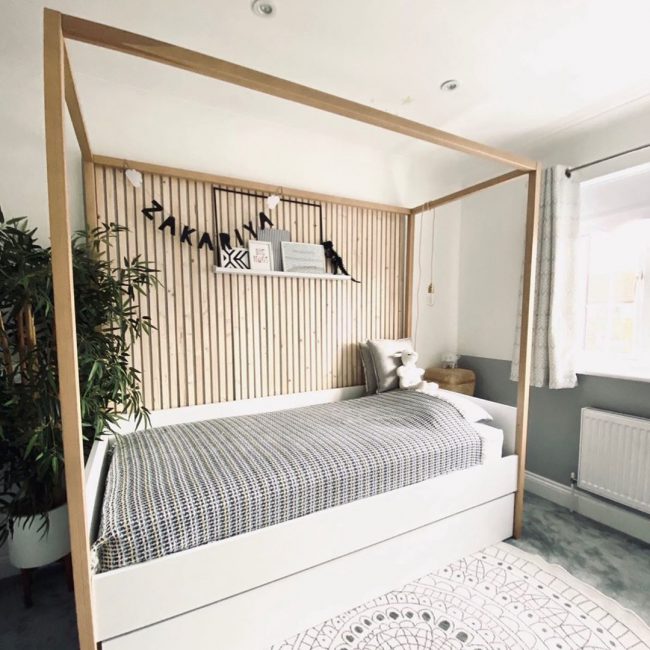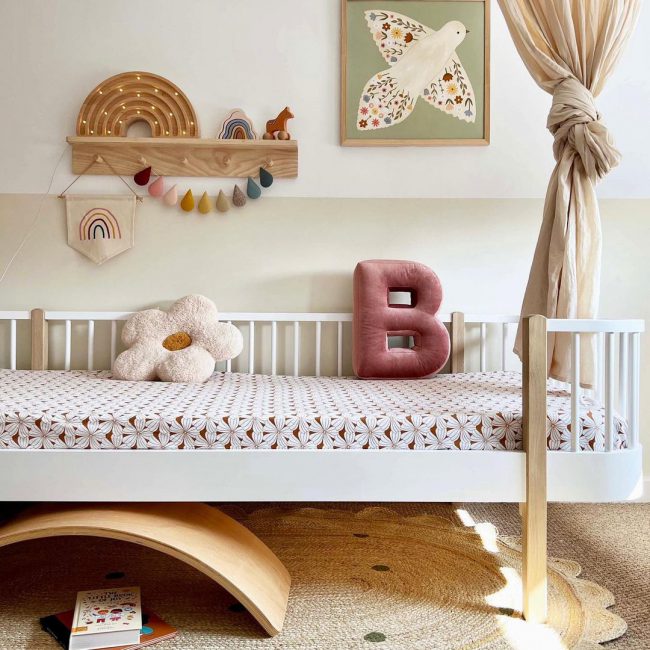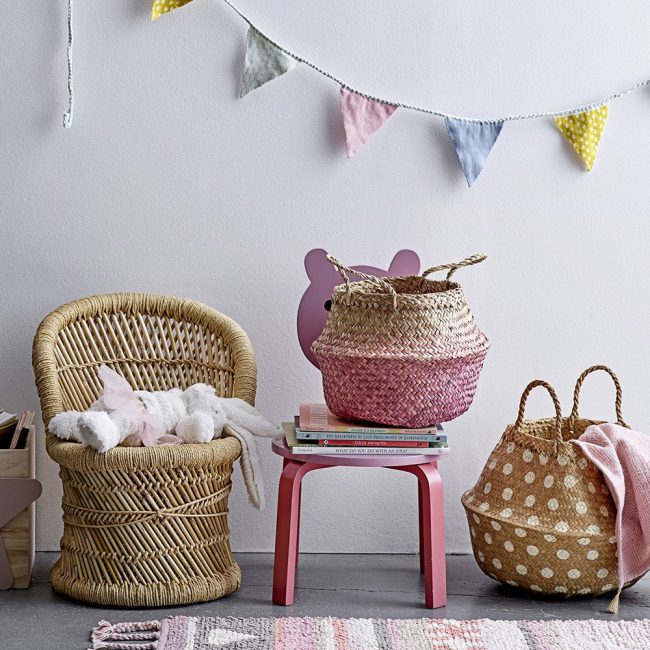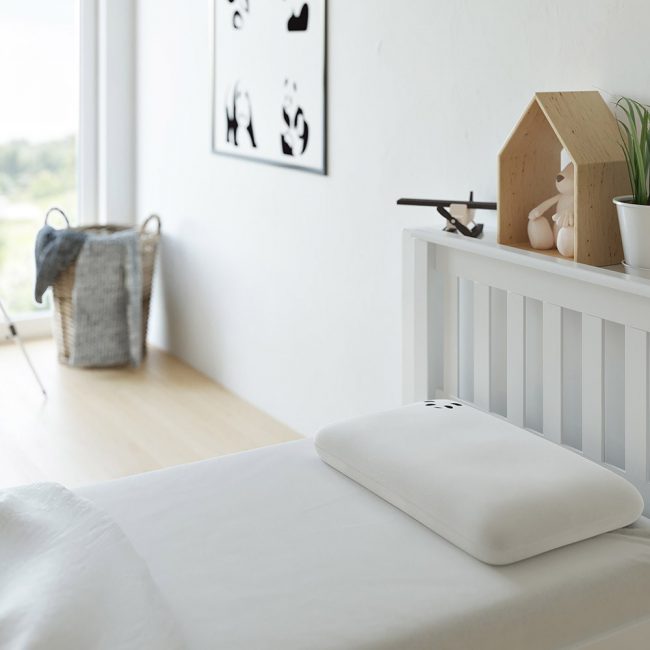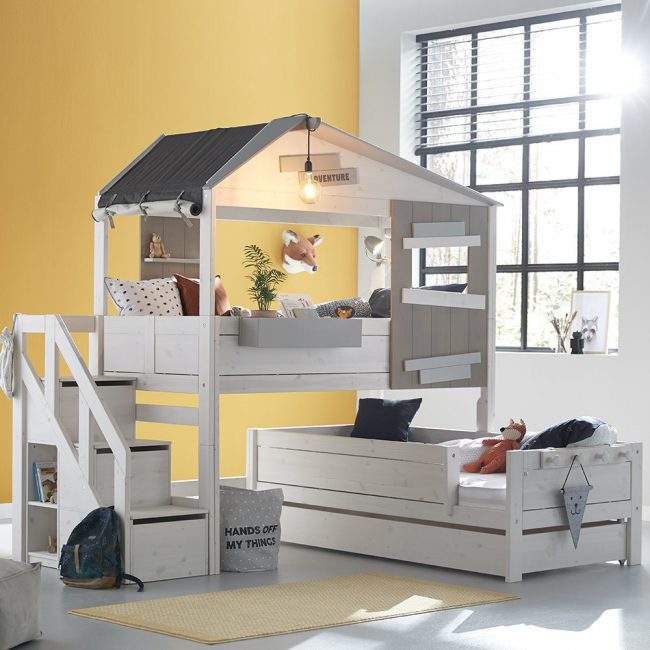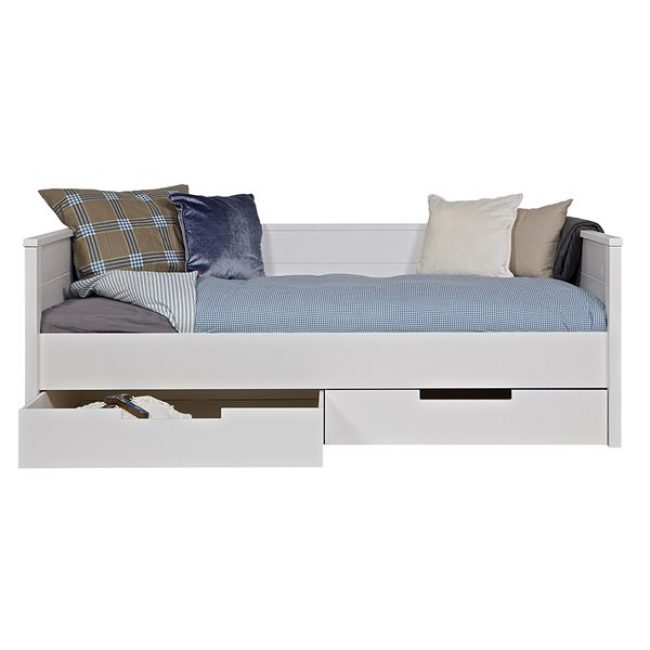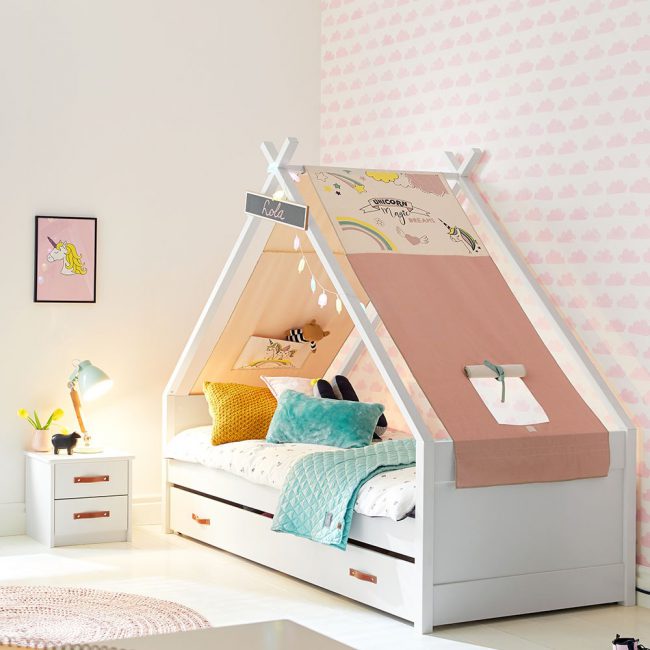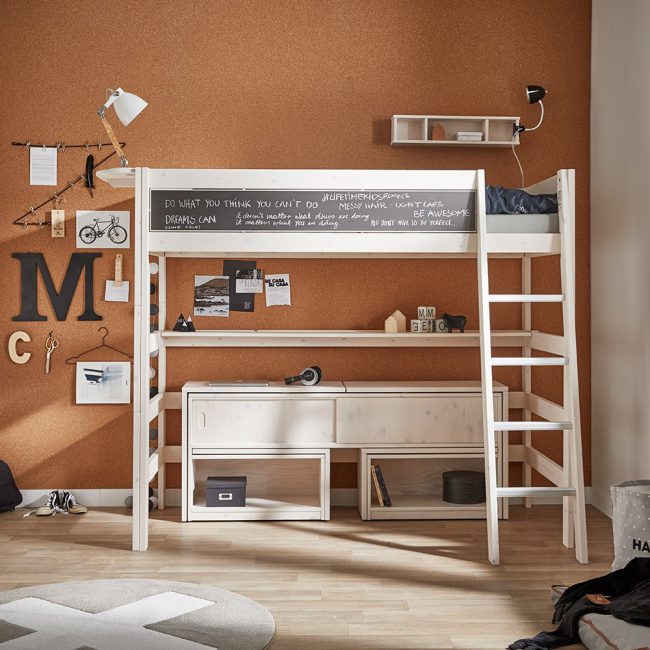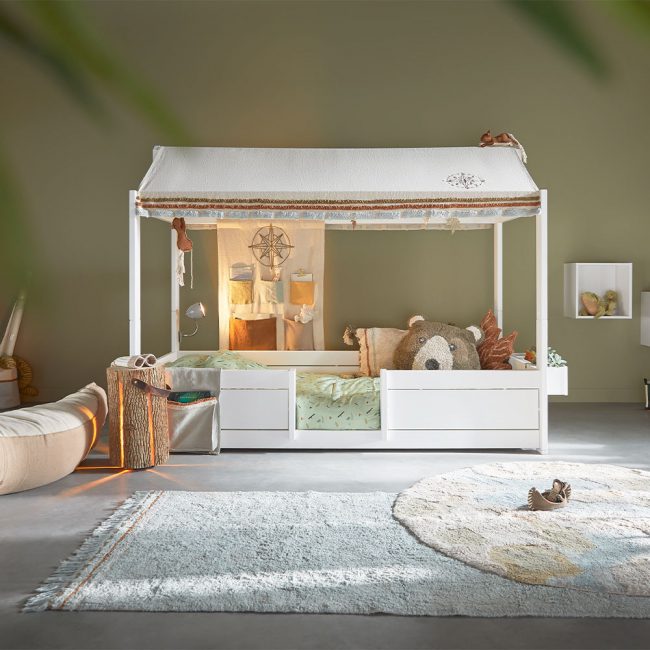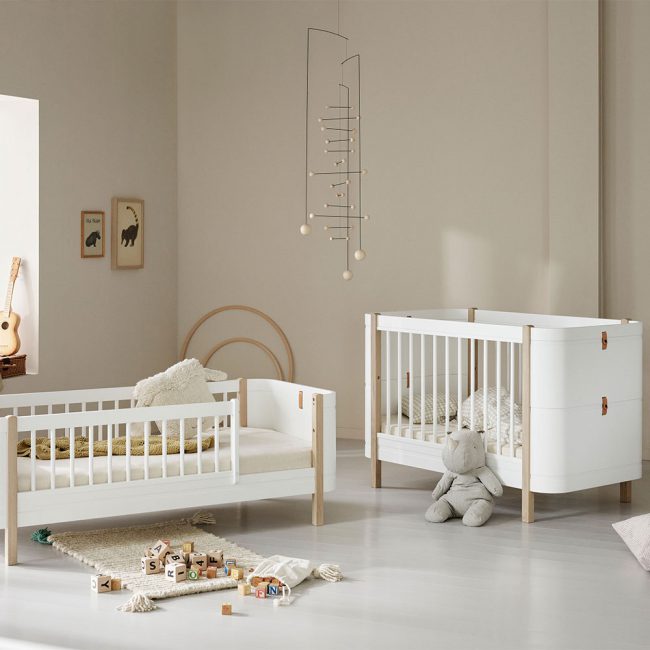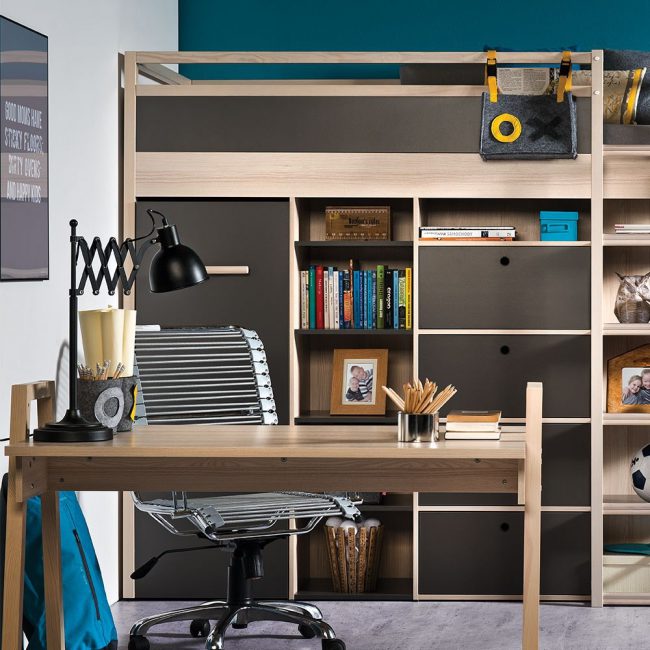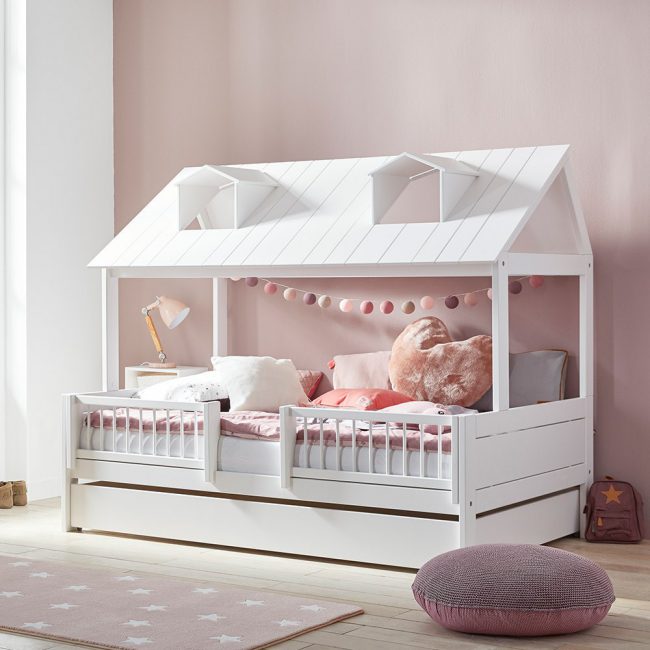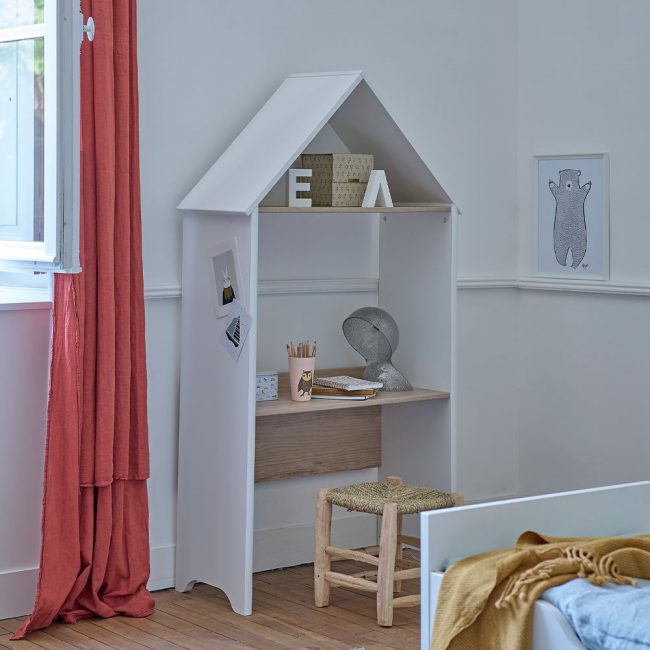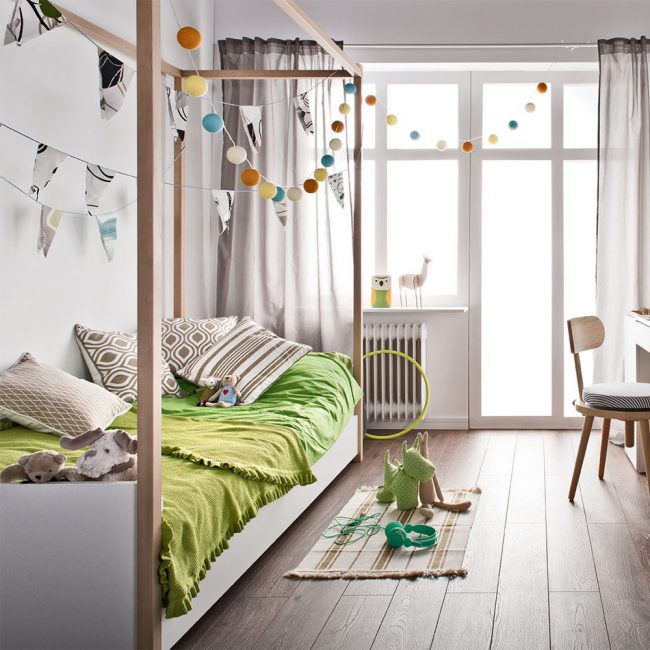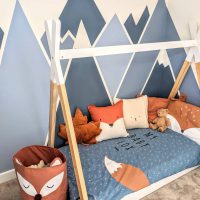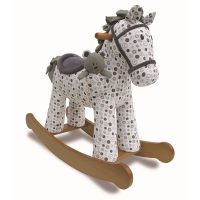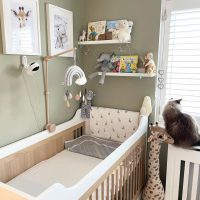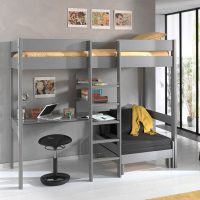For Their Future: 10 Ways to Choose Sustainable Kids Furniture
We all want to leave our kids a better world, right? Or at least, not a worse one!
One small way in which we can help to do this – and start our little ones off on the right path – is by choosing sustainable kid’s furniture for their room.
From seeking out natural or biodegradable materials to recycling old furniture or choosing items with longevity that adapt as your child grows, there are lots of ways to make your child’s room greener (no paint required!)
Here are some things to look out for when choosing eco-friendly kid’s furniture.
1. Natural or Recycled Materials
When looking for sustainable furniture, natural materials such as wood, bamboo and cork are generally preferable to manmade materials like plastic. The exception might be if the plastic is recycled, as you’re helping to prevent it from ending up in landfill. With textiles, look for natural fibres such as organic cotton or hemp, which are biodegradable.
Bloomingville offer a range of timeless children’s furniture and accessories made from eco-friendly bamboo and jute. Bamboo-zle your little one with these incredible, sustainable additions to their room!
Panda London’s Kid’s Bamboo Pillow is made from 3rd generation memory foam, with a
polyester and bamboo cover. This makes it naturally hypoallergenic and antibacterial – perfect for little ones’ sensitive skin.
2. Sustainable Sourcing
When you’ve chosen the material for your kiddo’s new furniture, make sure it comes from sustainable sources. With wood, this often means looking for options certified by the Forest Stewardship Council (FSC), which ensures responsible forestry practices.
Many of our favourite children’s furniture suppliers use sustainable materials in all or part of their manufacturing. Lifetime use specially selected Scandinavian pine from 100% certified and sustainable forests, and Woood use FSC-certified brushed pine.
3. Non-Toxic Paints
Want some colour with your kid’s furniture? Look for water-based, non-toxic paints and finishes that are free from harmful chemicals. This might be specified as ‘non-toxic’ or ‘no VOCs’ (volatile organic compounds). Not only are these paints better for the environment, but they’re also safer for children.
Lifetime use non-toxic water-based lacquer in their production, to create safe and eco-friendly kid’s furniture.
4. Responsible Manufacturing
In addition to using sustainable materials, there are plenty of other ways manufacturers can make their production process more environmentally and socially responsible. Look for companies that prioritise ethical manufacturing processes, such as fair labour, renewable energy sources and minimal packaging, to reduce waste.
Lifetime, who are based in Denmark, use renewable energy from windmills in all their factories and offices. This led to them being awarded the Green Environmental Award back in 2004 (when being green wasn’t nearly as popular as it is now!)
5. Durability
Another way in which you can make your kid’s room more sustainable is by choosing durable furniture that has longevity and won’t need to be replaced anytime soon. Look for sturdy, well-made pieces (which goes back to materials and production methods) that will stand the test of time – and even the most boisterous children!
6. Adaptable Designs
Following on from this, another way you can make your kid’s furniture last longer is by opting for items that can be adjusted or converted as your little one grows. This reduces waste and the need for you to buy more new furniture.
For example, the Oliver Furniture Wood Mini+ 4 in 1 Cot Bed transforms into a junior bed and even a low loft Kid’s bed (with the optional conversion kit) and will last your child from 0 – 9 years.
Similarly, the Vox Spot Height Adjustable Desk can be adjusted to suit the height of your child as they grow, taking them from tot to teen!
7. Double Beds
When choosing a bed for a young child, the option of a double bed might not spring to mind at first. However, consider that once your little one reaches their tween or teen years, they are likely to want the additional space. Investing in a larger bed now could mean you make fewer purchases overall, saving time, money, and the planet!
8. Recycling and Repurposing
No trash talk here! Before you buy anything new, the most eco-friendly option is to consider whether you really need that new thing at all, or if you already have something that will do the job. Sometimes, you can save old furniture from ending up in landfill by repurposing it into the thing you need.
This might mean giving it a lick of paint, updating the handles, or doing some basic DIY to modify its appearance and/or purpose. Recycling or repurposing old furniture prevents waste and helps your bank balance at the same time!
The Galipette Celeste 3 in 1 Indoor Cabin can be modified as your child grows, to be used as a headboard, kid’s desk or wardrobe.
9. Second-Hand Furniture
Again, before buying new, you could consider purchasing second-hand or vintage furniture. This won’t always be the best option, as you’ll know less about the furniture you’re buying and might not be able to check that it meets safety standards, for example. However, if possible, it can seriously reduce waste.
10. Tree Planting and Carbon Offsetting
Finally, if you’ve decided to purchase new furniture, look for companies that offset some or all of their carbon footprint. Here at Cuckooland, we have taken our first steps towards this and are planting a tree for every order, to help give back to our wonderful world.
Ready to Future-Proof Your Kid’s Furniture?
By following some of these eco-friendly tips, you can create a sustainable kid’s room with minimal environmental impact – and teach little ones a vital lesson at the same time! If you’d like to discuss our kid’s furniture, call us on +44 (0) 1305 231231 or email customerservice@cuckooland.com. We’re always happy to help!
